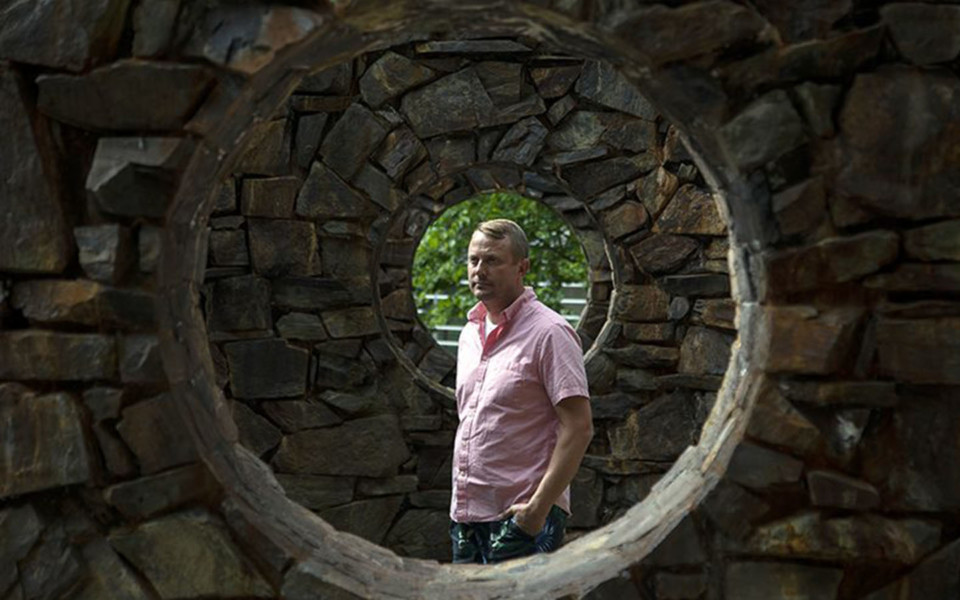CRISPR babies: when will the world be ready?
Jeff Carroll had been married for six months when he and his wife decided not to have children. Carroll, 25 years old and a former corporal in the US Army, had just found out that he had the mutation that causes Huntington’s disease, a genetic disorder that ravages the brain and nervous system and invariably ends in an early death. He had learnt that his mother had the disease about four years earlier, and now he knew that he was all but certain to develop it, too.
Faced with a 50% chance of passing on the same grim fate to their children, the couple decided that kids were out of the question. “We just kind of shut that down,” says Carroll.
But he had begun studying biology in the army in the hope of learning more about the disease. He found out about a process called preimplantation genetic diagnosis or PGD. By conceiving through in vitro fertilization (IVF) and screening the embryos, Carroll and his wife could all but eliminate the chance of passing on the mutation. They decided to give it a shot, and had twins free of the Huntington’s mutation in 2006.
Now Carroll is a researcher at Western Washington University in Bellingham, where he uses another technique that might help couples in his position: CRISPR gene editing. He has been using the powerful tool to tweak expression of the gene responsible for Huntington’s disease in mouse cells. Because it is caused by a single gene and is so devastating, Huntington’s is sometimes held up as an example of a condition in which gene editing a human embryo — controversial because it would cause changes that would be inherited by future generations — could be really powerful. But the prospect of using CRISPR to alter the gene in human embryos still worries Carroll.


